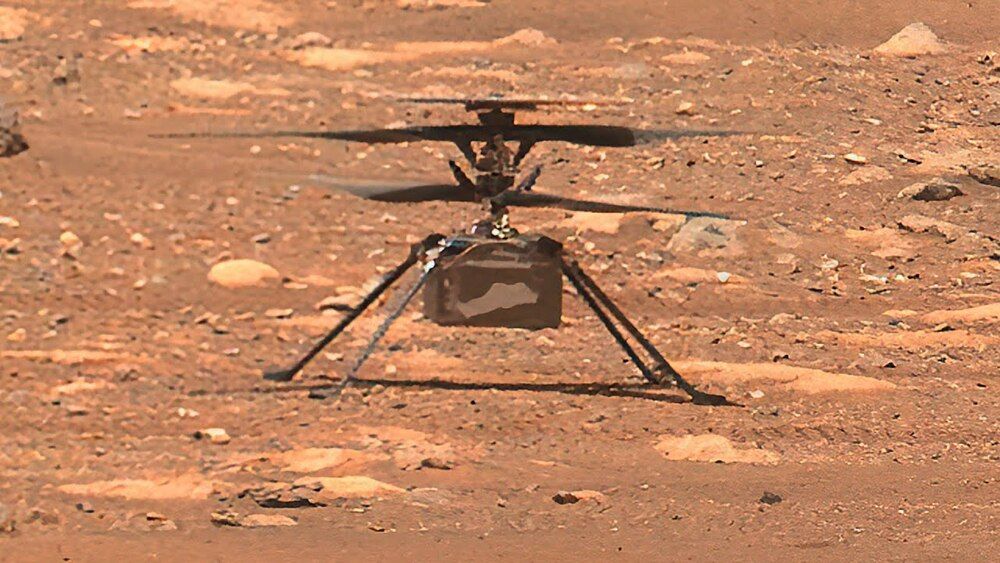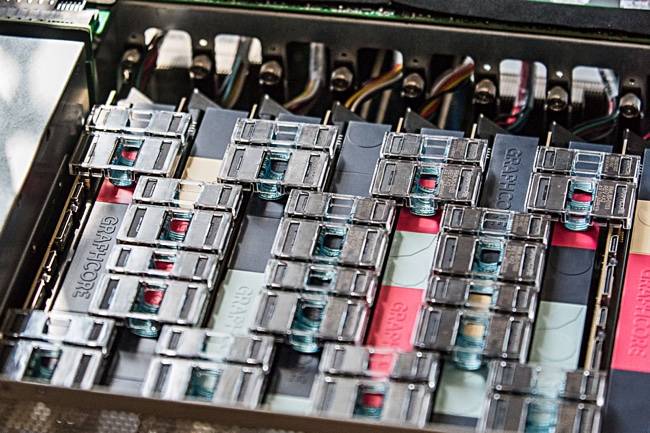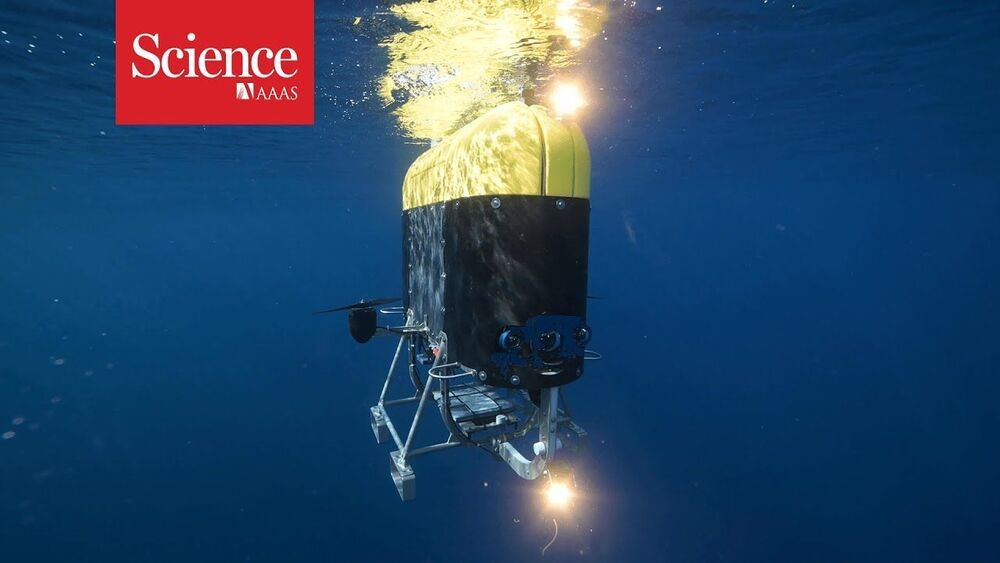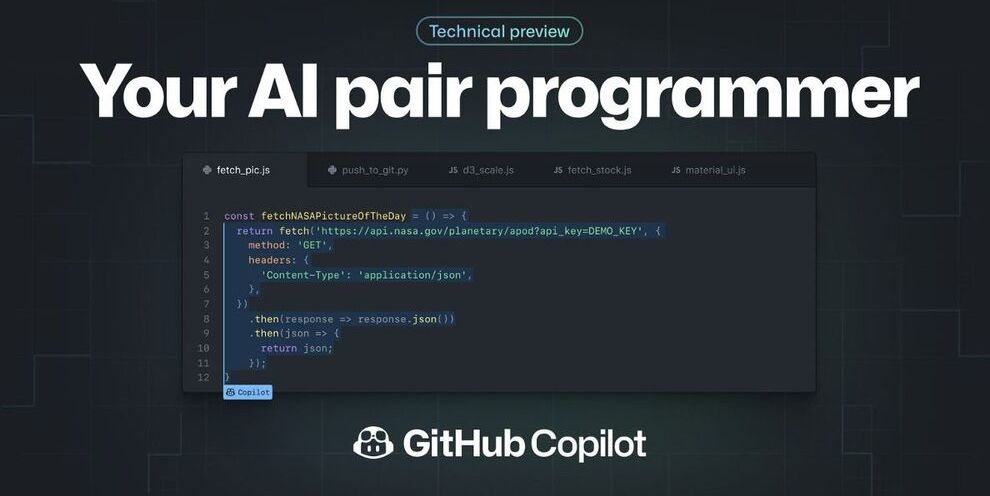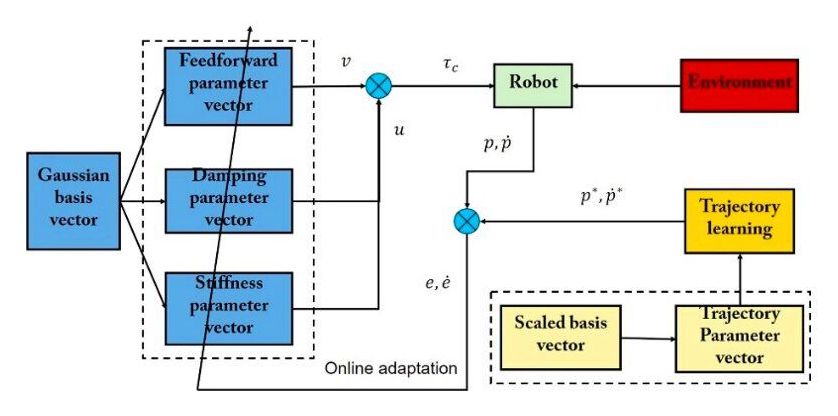On June 25, 2021 NASA published detail description of future missions for Ingenuity Mars Helicopter considering 2nd software update because of HD imaging issue. Ingenuity’s team determined that capturing color images may have been inducing the imaging pipeline glitch, which resulted in the instability (Flight 6 anomaly). So Mars Helicopter needs 2nd software update to make thing going well within upcoming 9th flight. Ingenuity’s first bug was solved by software update (watchdog timer issue). Another software update for Mars Helicopter is intended to return ability to make 13 Megapixels photos on mars without flight anomalies for Ingenuity. Last week Mars Helicopter completed 8th flight on flying to 160 meters South and Perseverance goes to new location Séítah as well. Black and white images are from Ingenuity’s onboard camera directly. Mars Helicopter flew for 77.4 seconds. Maximal horizontal speed was 4 meters per second. Altitude was 10 meters. Ingenuity made amazing work to live on Mars autonomously.
Credit: nasa.gov, NASA/JPL-Caltech, NASA/JPL-Caltech/ASU
Link to Ingenuity’s 9th flight preparation with 2nd software update: https://mars.nasa.gov/technology/helicopter/status/308/flight-8-success-software-updates-and-next-steps/
#mars #ingenuity #helicopter
